Video: .MP4, 1280x720 30 fps | Audio: AAC, 44.1 kHz, 2ch | Duration: 21:12:18
Genre: eLearning | Language: English + Subtitles | Size: 7.66 GB
Learn Devops with Docker, Kubernetes, Azure Devops, Jenkins, Terraform and Ansible on AWS, Azure and Google Cloud
What you'll learn
You will learn DevOps with Docker, Kubernetes and Azure DevOps from ZERO, no previous experience required
You will learn the fundamentals of 6 Most Popular DevOps Tools - Docker, Kubernetes, Azure Devops, Jenkins, Terraform, and Ansible
You will learn the building blocks of DevOps - Continuous Integration, Continuous Delivery and Infrastructure as Code
You will learn to implement Azure Devops Pipelines integrating Docker, Kubernetes and Terraform on AWS EKS and Azure AKS
You will learn DevOps with Continuous Integration & Continuous Delivery on Azure DevOps and Jenkins
You will do containerization and container orchestration for microservices with Docker and Kubernetes
You will play with Docker, Docker Compose and Kubernetes
You will implement Service Discovery, Centralized Configuration and Load Balancing for Docker Microservices deployed in Kubernetes
You will Join 350,000 Learners having AMAZING LEARNING Experiences with in28Minutes
Requirements
You have an attitude to learn while having fun 🙂
You have some programming experience with either Java, Python or JavaScript
You DO NOT need to have any experience with DevOps, Kubernetes, Docker or Azure DevOps
We will help you install the tools and create your cloud accounts on AWS, Azure and Google Cloud
EKS - Kubernetes Clusters on AWS are not part of the free tier. Be careful not to run the EKS clusters for long time.
You would need a valid Debit or Credit card to create your cloud accounts on AWS, Azure and Google Cloud
Description
200+ Videos. 20+ Hours. 6 DevOps Tools - Docker, Kubernetes, Azure DevOps, Jenkins, Terraform, and Ansible. 3 Different Clouds - AWS, Azure and Google Cloud.
Do you need more reasons to enroll in this amazing course on DevOps?
Do you have ZERO experience with DevOps with Docker, Kubernetes, Azure DevOps, Jenkins, Terraform, Ansible, AWS, Azure and Google Cloud? No Problem.
Do you have ZERO experience with DevOps Containers and Container Orchestration with Docker and Kubernetes? No Problem.
Do you have ZERO experience with Continuous Integration or Continuous Delivery in DevOps with Azure DevOps and Jenkins? No Problem.
Do you have ZERO experience with the Cloud? No Problem.
Are you ready to learn DevOps with Docker, Kubernetes, Terraform, Ansible, Jenkins and Azure DevOps in multiple clouds - AWS, Azure and Google Cloud?
Do you want to join 300,000+ learners having Amazing Learning Experiences with in28Minutes?
Buckle up and Get ready for this wonderful ride on DevOps, Microservices and the Cloud.
Look No Further!
******* Course Overview *******
DevOps is all about People, Process and Tools. In this course, you will understand the basics of DevOps and learn to do DevOps with Docker, Kubernetes, Ansible, Terraform, Azure DevOps and Jenkins. You will learn to implement DevOps with Continuous Integration, Continuous Delivery, and Infrastructure as Code. You will play with 3 different clouds - AWS, Azure and Google Cloud.
You will do DevOps with Docker to create and run Docker images for:
Hello World Applications - Python, JavaScript, and Java
Microservices - Currency Exchange and Currency Conversion
You will learn the basics of Kubernetes on the Google Kubernetes Engine implementing Service Discovery, Centralized Configuration and Load Balancing for Microservices. You will do DevOps with Kubernetes using Terraform (Infrastructure as Code) and Azure DevOps (Continuous Delivery) on multiple cloud platforms (AWS and Azure)
You will learn the basics of Continuous Integration and Continuous Delivery and implement them using Jenkins and Azure DevOps. You will learn to Create Kubernetes Clusters and Deploy Docker Containers of Microservices to Kubernetes using Azure DevOps Pipelines on the Cloud with AWS EKS and Azure AKS.
You will learn the basics of Terraform and Ansible and implement Infrastructure as Code. You will provision a number of AWS Resources - EC2 Instances and Load Balancers - using Terraform and configure them with Ansible. You will learn to provision Kubernetes Clusters in AWS and Azure using Terraform. You would learn to run Terraform Configuration in Azure DevOps Pipelines.
This course would be a perfect first step as an introduction to DevOps with Docker and Kubernetes.
******* Step By Step Details *******
Quick Overview of DevOps
Step 01 - Master Devops - Docker, Kubernetes, Terraform and Azure Devops - 01 - Intro
Step 02 - DevOps and Evolution of Software Development
Step 03 - Evolution to Agile
Step 04 - DevOps - An Overview
Start DevOps with Docker
Step 00 00 - DevOps and Containerization
Step 01 - Docker and DevOps - Installation and Introduction
Step 02 - Your First Docker Usecase
Step 03 - Important Docker Concepts - Registry, Repository, Tag, Image and Container
Step 04 - Playing with Docker Images - Java, JavaScript and Python
Step 05 - Playing with Docker - Detached Mode and Logs
Step 06 - Playing with Docker Images and Containers
Step 07 - Understanding Docker Architecture - Docker Client, Docker Engine
Step 08 - Understanding Docker Popularity - My 3 Top Reasons
Step 09 - Learning Docker Images - Commands
Step 10 - Learning Docker Containers - Commands
Step 11 - Learning Docker Commands - system and stats
Step 12 - 01 - Import Docker Projects into Visual Studio Code
Step 12 - 02 - Building Docker Images for Python Application
Step 13 - Understanding creation of Docker Images in Depth
Step 14 - Pushing Python App Docker Image to Docker Hub
Step 15 - Building and Pushing Docker Image for Node JavaScript App
Step 16 - Building and Pushing Docker Image for Java Application
Step 17 - Building Efficient Docker Images - Improving Layer Caching
Step 18 - Understanding ENTRYPOINT vs CMD
Step 19 - Docker and Microservices - Quick Start
Step 20 - Introduction to Microservices - CE and CC
Step 21 - Running Microservices as Docker Containers
Step 22 - Using Docker Link to Connect Microservices
Step 23 - Using Custom Networking to Connect Microservices
Step 24 - Using Docker Compose to Simplify Microservices Launch
Step 25 - Understanding Docker Compose further
DevOps with Kubernetes on Google Kubernetes Engine
Step 01 - Getting Started with Docker, Kubernetes and Google Kubernetes Engine
Step 02 - Creating Google Cloud Account
Step 03 - Creating Kubernetes Cluster with Google Kubernete Engine (GKE)
Step 04 - Review Kubernetes Cluster and Learn Few Fun Facts about Kubernetes
Step 05 - Deploy Your First Spring Boot Application to Kubernetes Cluster
Step 06 - Quick Look at Kubernetes Concepts - Pods, Replica Sets and Deployment
Step 07 - Understanding Pods in Kubernetes
Step 08 - Understanding ReplicaSets in Kubernetes
Step 09 - Understanding Deployment in Kubernetes
Step 10 - Quick Review of Kubernetes Concepts - Pods, Replica Sets and Deployment
Step 11 - Understanding Services in Kubernetes
Step 12 - Quick Review of GKE on Google Cloud Console
Step 13 - Understanding Kubernetes Architecture - Master Node and Nodes
Step 14 - Understand Google Cloud Regions and Zones
Step 15 - Installing GCloud
Step 16 - Installing Kubectl
Step 17 - Understand Kubernetes Rollouts
Step 18 - Generate Kubernetes YAML Configuration for Deployment and Service
Step 19 - Understand and Improve Kubernetes YAML Configuration
Step 20 - Using Kubernetes YAML Configuration to Create Resources
Step 21 - Understanding Kubernetes YAML Configuration - Labels and Selectors
Step 22 - Quick Fix to reduce release downtime with minReadySeconds
Step 23 - Understanding Replica Sets in Depth - Using Kubernetes YAML Config
Step 24 - Configure Multiple Kubernetes Deployments with One Service
Step 25 - Playing with Kubernetes Commands - Top Node and Pod
Step 26 - Delete Hello World Deployments
Step 27 - Quick Introduction to Microservices - CE and CC
Step 28 - Deploy Microservices to Kubernetes
Step 29 - Understand Environment Variables created by Kubernetes for Services
Step 30 - Microservices and Kubernetes Service Discovery - Part 1
Step 31 - Microservices and Kubernetes Service Discovery - Part 2 DNS
Step 32 - Microservices Centralized Configuration with Kubernetes ConfigMaps
Step 33 - Simplify Microservices with Kubernetes Ingress - Part 1
Step 34 - Simplify Microservices with Kubernetes Ingress - Part 2
Step 35 - Delete Kubernetes Clusters
Getting Started with Terraform
Step 00 00 - Getting Started with Infrastructure as Code
Step 00 01 - Getting Started with Terraform
Step 01 - Creating and Initializing First Terraform Project
Step 02 - Create AWS IAM User Access Key and Secret
Step 03 - Configure Terraform Environment Variables for AWS Access Keys
Step 04 - Creating AWS S3 Buckets with Terraform
Step 05 - Playing with Terraform State - Desired, Known and Actual
Step 06 - Playing with Terraform Console
Step 07 - Creating AWS IAM User with Terraform
Step 08 - Updating AWS IAM User Name with Terraform
Step 09 - Understanding Terraform tfstate files in depth
Step 10 - gitignore Terraform tfstate files
Step 11 - Refactoring Terraform files - Variables, Main and Outputs
Step 12 - Creating Terraform Project for Multiple IAM Users
Step 13 - Playing with Terraform Commands - fmt, show and console
Step 14 - Recovering from Errors with Terraform
Step 15 - Understanding Variables in Terraform
Step 16 - Creating Terraform Project for Understanding List and Map
Step 17 - Adding Elements - Problem with Terraform Lists
Step 18 - Creating Terraform Project for Learning Terraform Maps
Step 19 - Quick Review of Terraform FAQ
Step 20 - Understanding Creation of EC2 Instances in AWS Console
Step 21 - Creating New Terraform Project for AWS EC2 Instances
Step 22 - Creating New EC2 Key Pair and Setting Up
Step 23 - Adding AWS EC2 Configuration to Terraform Configuration
Step 24 - Installing Http Server on EC2 with Terraform - Part 1
Step 25 - 01 - Installing Http Server on EC2 with Terraform - Part 2
Step 25 - 02 - Immutable Servers with Infrastructure as Code
Step 26 - Remove hardcoding of Default VPC with AWS Default VPC
Step 27 - Remove hardcoding of subnets with Data Providers
Step 28 - Remove hardcoding of AMI with Data Providers
Step 29 - Playing with Terraform Graph and Destroy EC2 Instances
Step 30 - Creating New Terraform Project for AWS EC2 with Load Balancers
Step 31 - Create Security Group and Classic Load Balancer in Terraform
Step 32 - Review and Destroy AWS EC2 with Load Balancers
Step 33 - Creating Terraform Project for Storing Remote State in S3
Step 34 - Create Remote Backend Project for Creating S3 Buckets
Step 35 - Update User Project to use AWS S3 Remote Backend
Step 36 - Creating multiple environments using Terraform Workspaces
Step 37 - Creating multiple environments using Terraform Modules
Learn Azure DevOps - Continuous Integration, Deployment and Delivery
Step 00 00 - Getting Started with Continuous Integration, Deployment and Delivery
Step 00 01 - Getting Started with Azure DevOps
Step 01 - Getting Started with Azure DevOps - First Project
Step 02 - Setting up Git Repo for Azure DevOps Pipeline
Step 03 - Creating your first Azure DevOps Pipeline
Step 04 - Getting Started with Azure DevOps - Agents and Jobs - 1
Step 05 - Getting Started with Azure DevOps - Agents and Jobs - 2
Step 06 - Using dependsOn with Jobs
Step 07 - Creating Azure DevOps Pipeline for Playing with Stages
Step 08 - Playing with Variables and dependsOn for Stages
Step 09 - Understanding Azure DevOps Pipeline Variables
Step 10 - Creating Azure DevOps Tasks for Copy Files and Publish Artifacts
Step 11 - Running Azure DevOps Jobs on Multiple Agents
Step 12 - Understanding Azure DevOps Deployment Jobs - Environments and Approvals
Step 13 - Build and Push Docker Image in Azure DevOps - Part 1
Step 14 - Build and Push Docker Image in Azure DevOps - Part 2
Step 15 - Playing with Azure DevOps Releases
CI, CD and IAAC on Azure AKS Kubernetes Clusters with Docker, Azure DevOps and Terraform
Step 00 - Geting Started with IAAC for Azure AKS with Azure DevOps, Terraform and Kubernetes
Step 01 - Review Terraform Configuration for Azure Kubernetes Cluster Creation
Step 02 - Setting up Client ID, Secret and Public Key for Azure Kubernetes Cluster Creation
Step 03 - Creating Azure DevOps Pipeline for Azure Kubernetes Cluster IAAC
Step 04 - Performing Terraform apply to create Azure Kubernetes Cluster in Azure DevOps
Step 05 - 01 - Installing Azure CLI
Step 05 - 02 - Connecting to Azure Kubernetes Cluster using Azure CLI
Step 06 - 01 - Creating Azure DevOps Pipeline for Deploying Microservice to Azure Kubernetes
Step 06 - 02 - Managing Pipelines and Github Repositories for Kubernetes and Microservices
Step 07 - Creating V2 and Enable Build and Push of Docker Image - Part 1
Step 08 - Creating V2 and Enable Build and Push of Docker Image - Part 2
Step 09 - Performing Terraform destroy to delete Azure Kubernetes Cluster in Azure DevOps
Step 10 - Quick Review of Terraform destroy
CI, CD and IAAC on AWS EKS Kubernetes Clusters with Docker, Azure DevOps and Terraform
Step 00 - Geting Started with IAAC for AWS EKS with Azure DevOps, Terraform and Kubernetes
Step 01 - Review Terraform Configuration for AWS EKS Cluster Creation
Step 02 - Setup AWS S3 Buckets and Subnet Configuration
Step 03 - Enable AWS Tools in Azure DevOps and Create Azure DevOps Pipeline
Step 04 - Performing Terraform apply to create AWS EKS Cluster in Azure DevOps
Step 05 - Retry Terraform apply for Creating Cluster Binding
Step 06 - 01 - Installing AWS CLI
Step 06 - 02 - Configure AWS CLI and Setup Kubernetes Connection using Service Account
Step 07 - Creating Azure DevOps Pipeline for Deploying Microservice to AWS EKS
Step 08 - Creating V3 and Enable Build and Push of Docker Image - Part 1
Step 09 - Creating V3 and Enable Build and Push of Docker Image - Part 2
Step 10 - Performing Terraform destroy to delete AWS EKS Cluster in Azure DevOps - 1
Step 11 - Performing Terraform destroy to delete AWS EKS Cluster in Azure DevOps - 2
Learn Azure DevOps with Boards and Backlogs
Step 01 - Getting Started with Azure DevOps with Demo Generator
Step 02 - Overview of Azure DevOps - Boards, Wiki, Repos and Pipelines
Step 03 - Exploring Azure DevOps Boards - Epics, Features and User Stories
Step 04 - Azure DevOps - Boards View vs Backlogs View
Step 05 - Understanding Sprints in Azure DevOps
Step 06 - Creating Azure DevOps Queries
Step 07 - Playing with Azure DevOps Repos
Step 08 - Quick Review of Azure DevOps Pipelines
Step 09 - Quick Review of Azure DevOps
Learn Continuous Integration with Jenkins
Step 00 01 - Getting Started with Jenkins
Step 01 - Introduction and Launching Jenkins as Docker Container
Step 02 - Initializing Jenkins Plugins and Creating Github Repo
Step 03 - Setting up Docker and Maven in Jenkins and First Pipeline Run
Step 04 - Understanding Scripted Pipelines in Jenkins
Step 05 - Understanding Declarative Pipelines in Jenkins - Stages
Step 06 - Using Docker Images as Jenkins Pipeline Agents
Step 07 - Review Pipeline Syntax and Understanding Variables
Step 08 - Configuring Jenkins Pipeline Path with Docker and Maven Tools
Step 09 - Running Unit Tests and Integration Tests in Jenkins Pipelines - 1
Step 10 - Running Unit Tests and Integration Tests in Jenkins Pipelines - 2
Step 11 - Build and Push Docker Image in Jenkins Pipelines - 1
Step 12 - Build and Push Docker Image in Jenkins Pipelines - 2
Getting Started with Ansible
Step 00 01 - Getting Started with Ansible
Step 01 - Creating EC2 Instances for Ansible - Manually and with Terraform
Step 02 - Setting Ansible Project with cfg and ansible hosts
Step 03 - Playing with Ansible Commands
Step 04 - Playing with Ansible Host File and Custom Groups
Step 05 - Creating an Ansible Playbook for Ping
Step 06 - Understanding Ansible Terminology - Control Node, Managed Nodes, Inventory
Step 07 - Creating New Ansible Playbook for Executing Shell Commands
Step 08 - Playing with Ansible Variables
Step 09 - Creating New Ansible Playbook for Understanding Ansible Facts
Step 10 - Creating New Ansible Playbook for Installing Apache and Serving HTML
Step 11 - Reuse and Executing Multiple Ansible Playbooks
Step 12 - Understanding Conditionals and Loops with Ansible
Step 13 - 01 - Getting Ready for EC2 Dynamic Inventory with Ansible
Step 13 - 02 - Configuring EC2 Dynamic Inventory with Ansible
Step 14 - Creating AWS EC2 Instances with Ansible
Step 15 - Providing Declarative Configuration with Ansible
Step 16 - Deleting all AWS EC2 Instances
Appendix - Installing Visual Studio Code
Step 01 - Installing VS Code
Step 02 - Download and Setup Projects in Visual Studio Code
Appendix - Introduction to Microservices
Step 01 - Introduction to Microservices
Step 02 - Advantages of Microservices
Appendix - Exploring Microservice Projects
Step 01 - Code Review - Microservices
Appendix - Getting Started with AWS
Step 01 - Creating an AWS Root Account
Step 02 - Creating an IAM User for your AWS Account
Step 03 - Its Your Responsibility to Monitor Billing on the Cloud - 5 Recommendations
Step 04 - Monitor AWS Billing - Setting Billing Alerts
Appendix - Getting Started with Azure
Step 01 - Creating an Azure Account
Step 02 - Exploring Cloud Best Practices - Minimize Costs
Appendix - DevOps Best Practices and Perspectives
Step 01 - DevOps - Break down the wall
Step 02 - DevOps Perspectives - CAMS
Step 03 - DevOps Best Practices
Step 04 - DevOps Perspectives - Continuous DevOps
Step 05 - DevOps Maturity Assessment - Questions to ask
******* What You Can Expect from Every in28Minutes Course *******
in28Minutes created 20 Best Selling Courses providing Amazing Learning Experiences to 300,000 Learners across the world.
Each of these courses come with
✔ Amazing Hands-on Step By Step Learning Experiences
✔ Real Project Experiences using the Best Tools and Frameworks
✔ Awesome Troubleshooting Guides with 200+ FAQs Answered
✔ Friendly Support in the Q&A section
✔ Free Udemy Certificate of Completion on Completion of Course
~~~ Here are a Few Reviews on The in28Minutes Way ~~~
★★★★★ Excellent, fabulous. The way he has prepared the material and the way he teaches is really awesome. What an effort .. Thanks a million
★★★★★ A lot of preparation work has taken place from the teacher and this is visible throughout the course.
★★★★★ This guy is fantastic. Really. Wonderful teaching skills, and goes well out of his way to make sure that everything he is doing is fully understood. This is the kind of tutorial that gets me excited to work with a framework that I may otherwise not be.
★★★★★ The best part of it is the hands-on approach that the author maintained throughout the course as he had promised at the beginning of the lecture. He explains the concepts really well and also makes sure that there is not a single line of code you type without understanding what it really does.
★★★★★ I also appreciate the mind and hands approach to teaching something and then having the student apply it. It makes everything a lot clearer for the student and uncovers issues that we will face in our project early.
★★★★★ Amazing course. Explained super difficult concepts (that I have spent hours on the internet finding a good explanation) in under 5 minutes.
Start Learning Now. Hit the Enroll Button!
Who this course is for:
You are a programmer wanting to explore DevOps with Docker, Kubernetes and Azure DevOps
You want to automate deployment of your microservices to the cloud using DevOps with Docker, Kubernetes and Azure DevOps
Homepage
https://www.udemy.com/course/devops-with-docker-kubernetes-and-azure-devops/



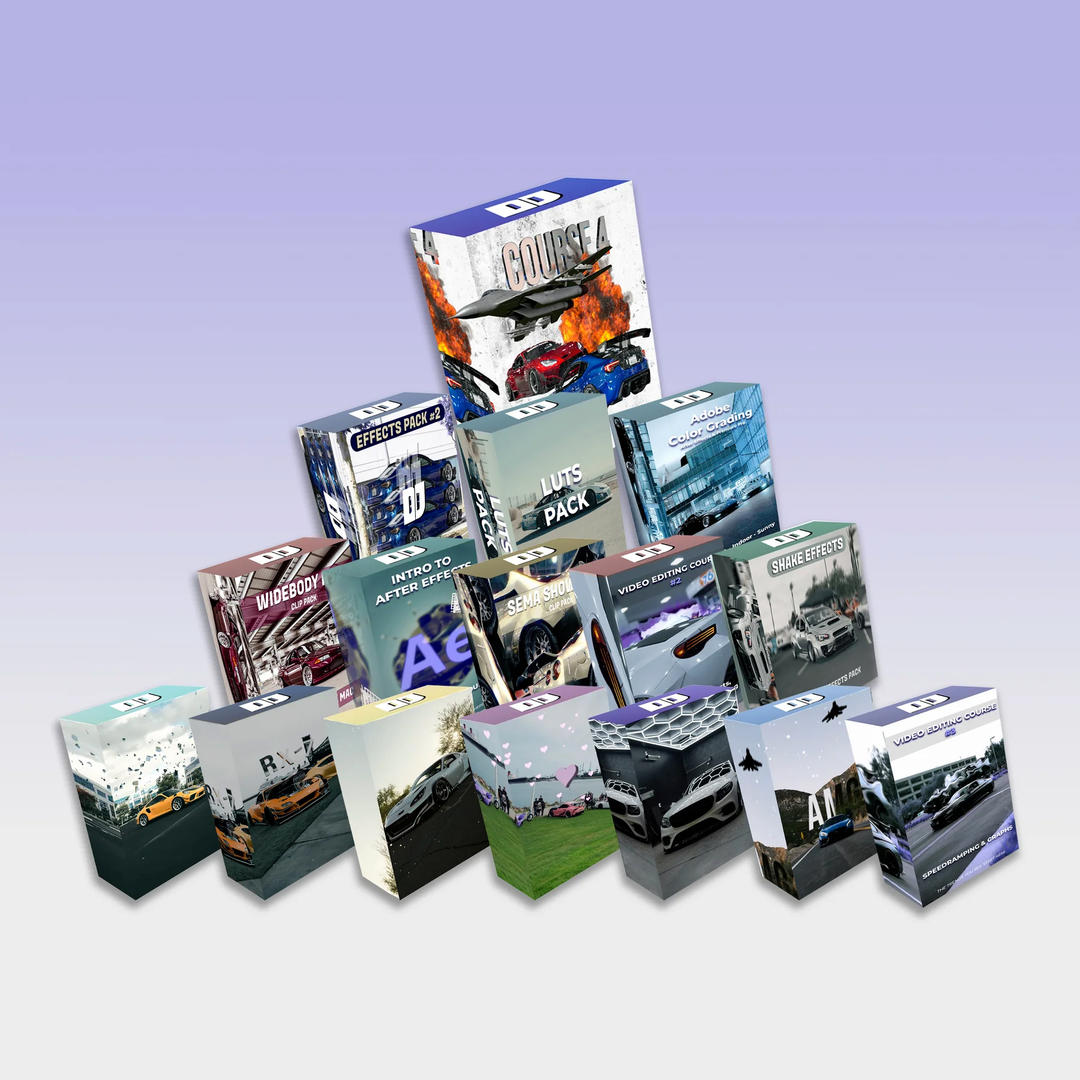



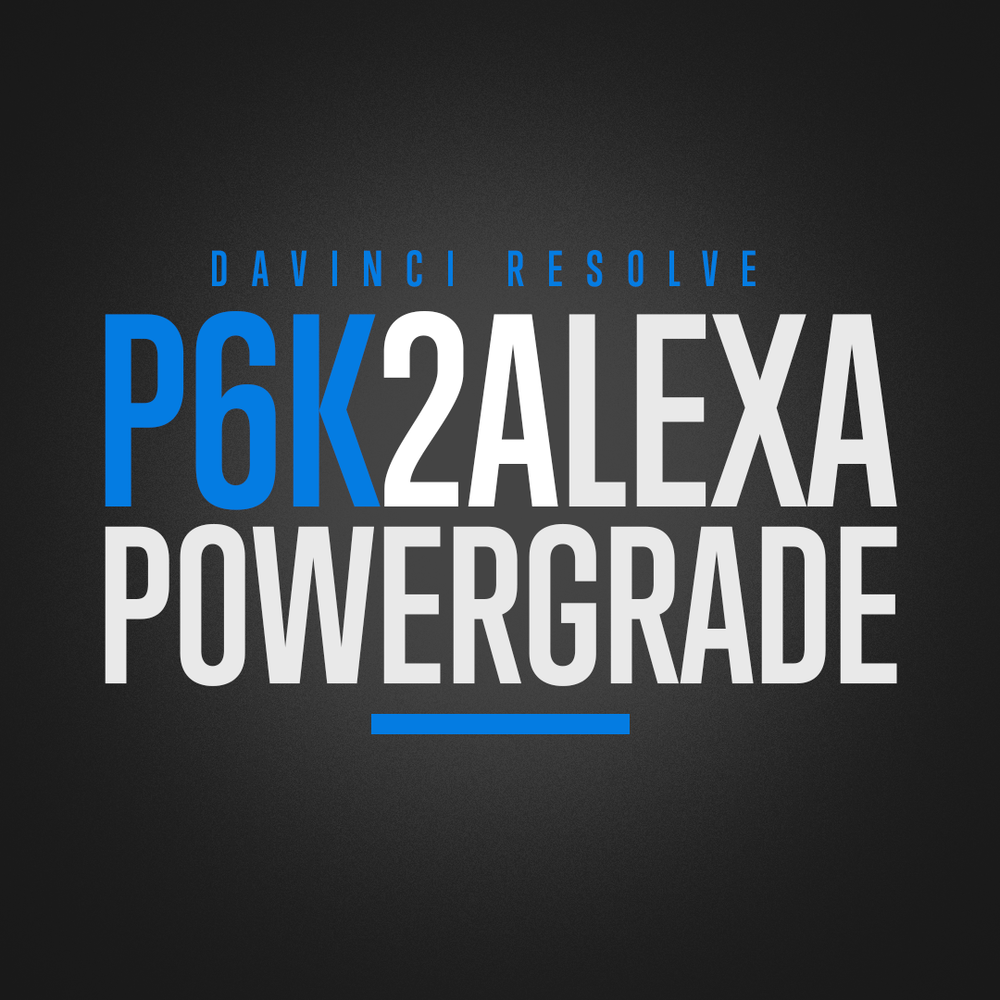
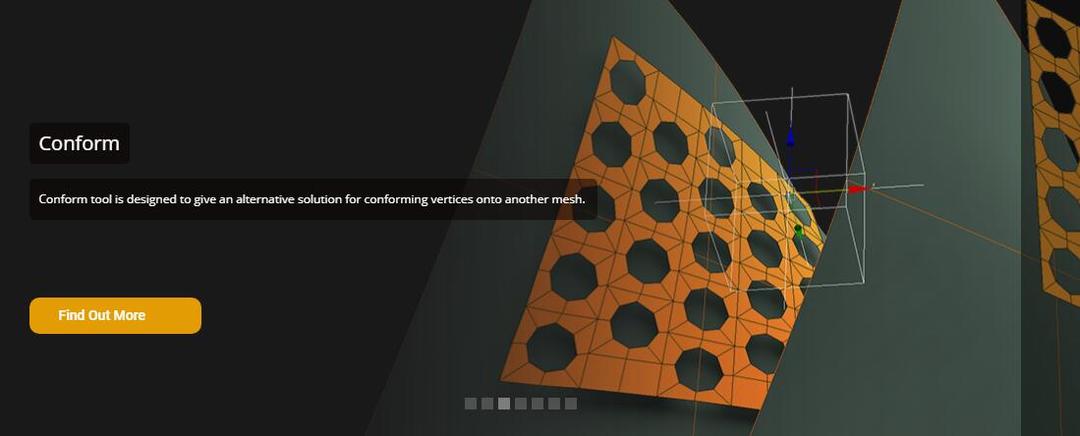
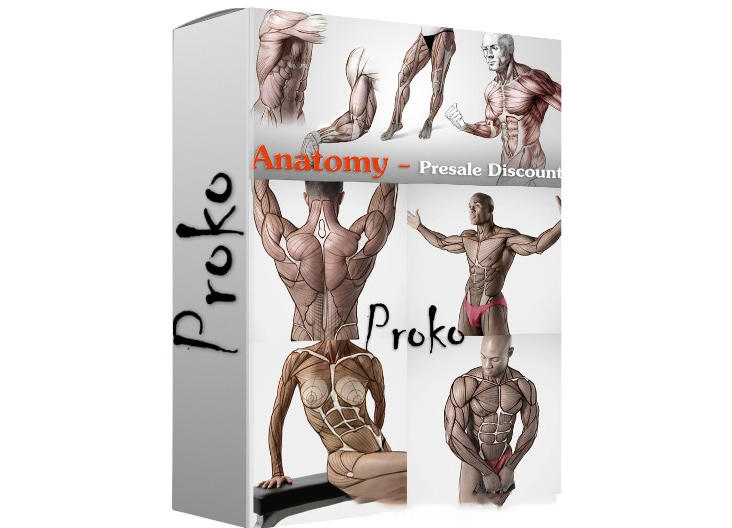







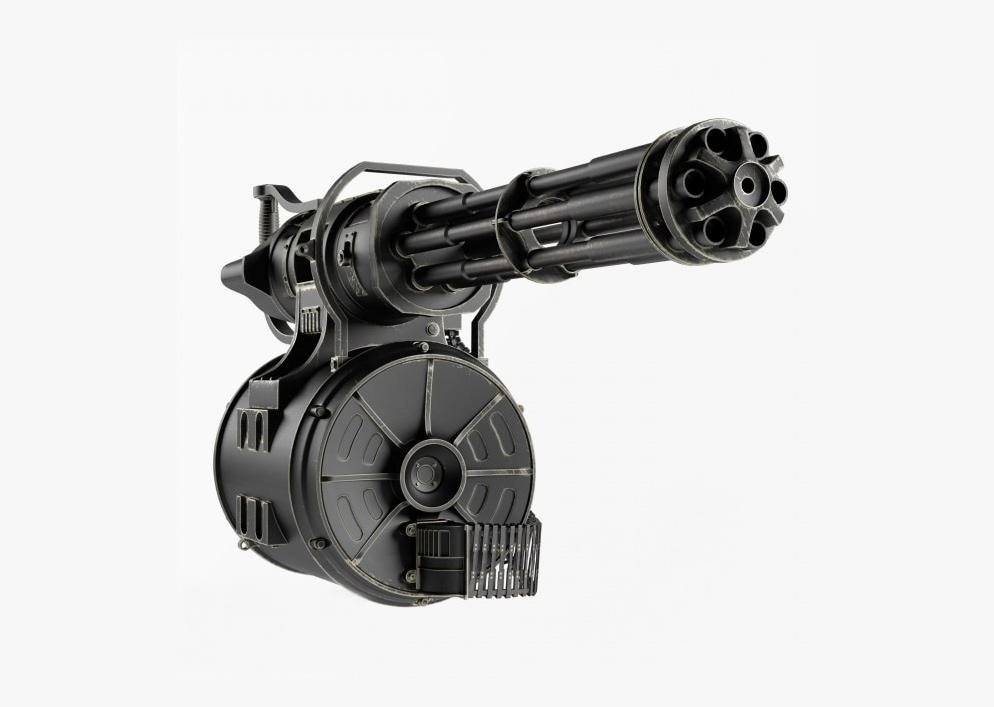





评论(0)